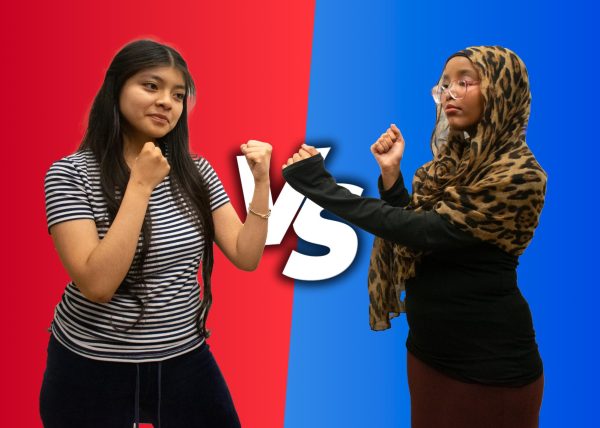College With a Sprinkle of Classism
Early Decision (ED) admissions programs are not only unnecessary, but also present a barrier to college applicants who do not come from wealthy backgrounds. ED is an application process utilized by many colleges across the United States that involves applying and committing to attend that institution if accepted. The applicant signs a contract promising to enroll in the institution regardless of the financial aid plan offered and must also immediately rescind any outgoing applications once they are accepted.
It is important to distinguish ED from Early Action (EA). While EA requires students to apply at a similar time as ED applicants, their decisions are non-binding. Statistically, ED programs have higher acceptance rates compared to those of EA and Regular Decision.
ED is heavily biased towards applicants from wealthier families as they are the only ones who can afford paying the full price tag for a private university. In 2023, the total price of a private university approximates to 80,000 dollars a year, which is not financially feasible for most Americans. To compare, the average American household has an annual income of 70,000 dollars.
Aidan McVay (II) points out, “[ED programs] assume we are in an ideal world where financial aid is accessible enough to those who need it, that money wouldn’t make or break anybody’s decision to attend a certain college.” That ideal world, unfortunately, does not exist, and the cost of attending college is a heavy burden on the average household.
ED programs ignore financial realities: they take away applicants’ ability to compare the costs of attending different colleges and evaluate how each would affect them financially, which is one of the most important parts of the selection process.
Those who value financial security are less inclined to apply ED because they must juggle payment options. In some cases, low-income students who apply ED may receive an insufficient financial aid package and become subjected to large amounts of school debt.
It seems, however, that ED programs will not be going away anytime soon. The process is widely popular and incredibly beneficial to top universities at the expense of low-income students. ED allows schools to secure tuition revenue early and lock up recruited athletes, while also allowing them to lower acceptance rates. As a result, the system allows universities to increase their “yield,” or percentage of students who enroll.
Society is becoming increasingly complacent with systems that benefit a few and disadvantage the less-privileged. BLS economics and AP U.S. History teacher Mr. Dominic Rinaldi expresses, “Nothing will change until enough of society decides to stop participating in the process.”
When it comes to ED, applicants essentially put their financial conditions in the hands of a private institution. KC Kirby (I) explains, “With Early Action, I can get my decision earlier, and I get more leeway with choosing my next four years of education. […] Unlike with Early Decision, you aren’t restricted to that one college and get to think about if that college is the one you really want to go to.” In a country founded upon the basis of liberty, ED strips applicants of their freedom of choice.
Classism has been deeply rooted in our society for centuries. Time and time again, society has barred the lower class from important opportunities. While education is viewed as a tool for social mobility, ED allows colleges to be biased toward applicants of affluent backgrounds, while denying many less affluent applicants the opportunity to climb the social ladder. Those who enter this contract provide top universities, such as the Ivy League colleges, millions of dollars while leaving others in thousands of dollars of debt.






